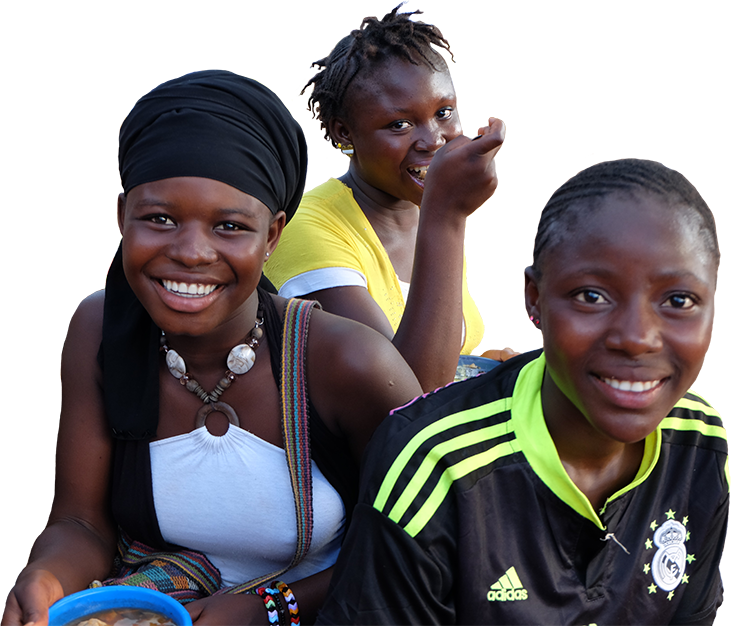Strong systems are important for implementing nutrition services and programs. Adolescents have unique nutritional needs, depending on and affected by their physical, social, and emotional development. Programs and services to support adolescents must be reflected in policies, protocols, strategies, and guidance. Policymakers and program managers need to strengthen the human resource, information, and financial systems to provide or expand nutrition services and programs in locations where adolescents are best reached. The Adolescent Nutrition Resource Bank includes examples of policies and protocols that address adolescent nutrition..If you have relevant systems strengthening resources, please send them to info@advancingnutrition.org.
We found 87 resource(s)
Perspective: Interventions to Improve the Diets of Children and Adolescents
Journal Article published by Global Food Security in
This article uses the determinants of the Innocenti Framework on Food Systems for Children and Adolescents (food supply chains; food environments; and behaviors of caregivers, children, and adolescents) to describe the significance of a food systems approach to improve child and adolescent diets. The authors organize their interventions according…
Standards for Improving the Quality of Care for Children and Young Adolescents in Health Facilities
Guideline/Guidance published by WHO in
These standards provide guidance to health care facilities for improving the quality of maternal, newborn, child, and adolescent health care. The guidance is designed to ensure that the care given to all children and adolescents in health facilities is evidence-based, safe, effective, timely, efficient, equitable,. and appropriate for the patient…
Adolescent Girls' Nutritional Status and Knowledge, Beliefs, Practices, and Access to Services: An Assessment to Guide Intervention Design in Nepal
Journal Article published by Current Developments in Nutrition in
This study was conducted to support the design of an evidence-based adolescent nutrition program in Nepal (Suaahara.) The study found that exposure, knowledge, and behaviors across thematic areas differed by stage of adolescence. It concluded that heterogeneity among adolescent girls should be considered when selecting interventions that have the…
Lives in the Balance: A COVID-19 Summit for the Health and Well-being of Women, Children and Adolescents
Video/Animation published by CORE Group, PMNCH in
Lives in the Balance was a virtual summit convened to discuss the health and well-being of women, children, and adolescents during the COVID-10 pandemic. Video recordings of the plenary, breakout, and "marketplace" (brief presentations highlighting programs) sessions are available.
Global Standards and Indicators for Health Promoting Schools
Indicator Guide published by WHO in
This document defines key indicators and outlines standards for health-promoting schools, which leverage the educational infrastructure in communities to improve all aspects of health, including physical, social-emotional, and psychological conditions, and positive educational attainment.
Implementation Guidance for Health Promoting Schools
Guideline/Guidance published by WHO in
This document provides guidance for the development, implementation, and monitoring of health-promoting schools at the national, regional, and local levels. Health-promoting schools aim to provide a healthy school environment that can be tailored to national and local health priorities.
Pakistan Adolescent Nutrition Strategy and Operational Plan
Policy published by UNICEF in
The Pakistan Adolescent Nutrition Strategy summarizes the state of health and nutrition among 10–19 year olds, with an emphasis on malnutrition and micronutrient deficiencies. The stratgey outlines three strategic areas, the role of development partners, and monitoring and evaluation strategies.
Multi-Sector Adolescent Nutrition Strategy 2019-2023 (Malawi)
Policy published by Government of Malawi in
The Malawi Multi-Sectoral Adolescent Nutrition Strategy for 2019-2023 adopts a multi-sectoral approach to improving adolescent nutrition. Focus areas include undernutrition, overnutrition, adolescent empowerment, positive behavior change, communicable diseases, creating an enabling environment for nutrition interventions and monitoring and…



